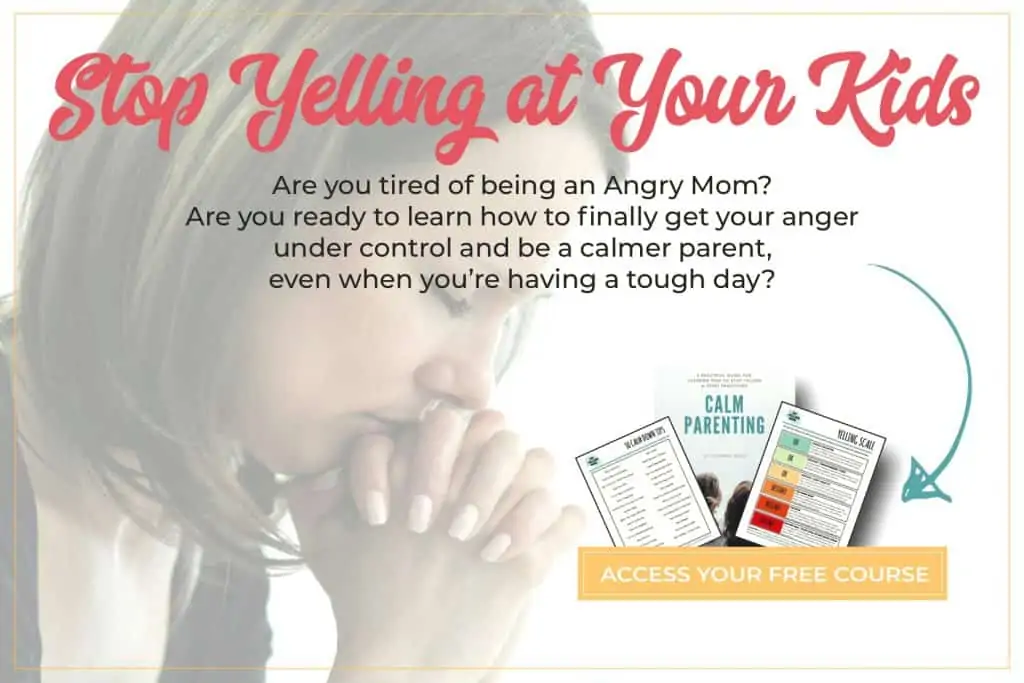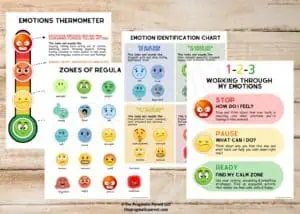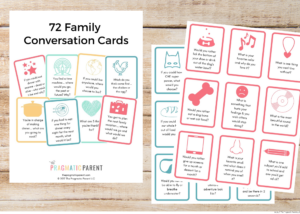Leaving your child at daycare or preschool can have its days where challenging drop-offs make you feel quite awful. Tears, crying and begging you to not leave them will make you feel terrible as you try to pry their little hands from your legs and exit the building. Not to fear, there are ways to make drop-offs less tough for you and for your child.
We started our twins in twice-a-week morning preschool when they were three and drop-offs were not without tears, sometimes kicking and screaming and begging me not to leave them… for weeks. Some mornings I would leave them in the classroom or on the playground and would have to walk away hearing them screaming for me as I tried to get myself to my car as quickly as possible before I myself started crying.
Thankfully we don’t have these mornings anymore and it’s in part to them growing up and adapting to their preschool but also because we developed tactics to make drop-offs easier and tear-free, for everyone.
These are tools from our own drop-off toolbox to help your mornings get off to a better start.
PREP THEM FOR THE DAY
The best way to prepare your child for the day is to discuss the routine of their day ahead of time. Ask their input on the day by discussing how they feel about daycare or preschool, their teachers and classmates, and drop-offs. They may express that they miss you, or just want to be with you, but communicating with them in a compassionate way and explain that it’s OK to have feelings like this. Explain to them that you miss them just as much, but will always come back to pick them up and reassure them that the time away from each other won’t be for long.
I would begin prepping our kids the minute they were buckled into their car seats and we were on our way to preschool. We’d talk about the expectations of the morning drop-off including the drop-off process, the routine at school and when I would be back to pick them up right after lunch. I would set the stage so that they knew once they finished their lunch and cleaned up, I would always be there to pick them up. By talking about the day at school (ask your school a sample of their routine so your child knows the play-by-play for the day) your children will always know what is “next,” especially if “next” is when you come back to pick them up.
GET YOUR CHILD INVOLVED IN AN ACTIVITY BEFORE LEAVING
I’ve found that once we drop off lunches and hang up jackets if I steer the kids towards an activity or play area that I know they like, the distraction will ease the transition of me leaving.
This doesn’t mean you leave while they’re completely engaged in the activity! You still should take the time to say goodbye and let them know you’re leaving. If your child looks up and notices that you left without saying goodbye to them, they will probably be more upset than if you took a moment to say your goodbyes.
LEAVE SOMETHING FROM HOME
Sometimes, if it’s not Mom or Dad that can comfort them, something from home may help do the trick. A stuffed animal, small blanket or lovey, or a doll that is labeled with your name will help give your child something to hold onto and comfort them during drop-off time. After a while, they may want to bring their lovey for comfort but will find that they don’t need it much and it’ll be back in their cubby before you know it.
DROP A NOTE
If you have an extra minute, write a little thoughtful note or draw a cute picture to pop in their lunch box so they know you’re thinking of them. Do you have a special message or saying that might bring a smile to their face when they open their lunchbox? Drop it in! Little reminders throughout the day that you’re thinking of them and are with them, or that they’ll see you soon, will go a long way.
Download and Print Your Own Your Own Lunchbox Notes.
KEEP DROP-OFFS BRIEF
It’s easy to want to comfort your child until they stop climbing on you and crying, but if you stick around until they’re OK, you may just be there all morning. It’s hard to leave your upset child, but by sticking around, you’re sending them mixed messages that this behavior is OK and you have the time to spend making sure they’ve settled in (I’m sure you don’t).
Don’t stick around at drop-offs; make the process loving but brief. Don’t linger around to comfort your child or help them through any sad feelings they may have, which may be just tears or a full-blown tantrum. Lean on the teachers and caregivers who can continue to comfort your child after you’ve given them one final hug and kiss and said goodbye.
Explain that it’s time for you to go, you’ll see them later and that you love them. Give them one final hug and kiss and if your child begins to cry or cling to you, resist the urge to hold them until they calm down. Let the teachers hold them while you exit and maybe wave to them from the window for one last goodbye. It’s tempting to give them extra love and comfort when they’re distraught but remember, this sends mixed signals to them.
I’m willing to bet your teacher or caregiver will shoot you a text or picture in less than five minutes of your child happily playing and no longer crying. On really hard mornings, it was always reassuring when our children’s teachers would send a quick text with a picture of them playing and smiling with each other and among their friends.
ASK YOUR CAREGIVER TO CHECK IN
As a parent, you’re probably having a harder time during drop-offs than your child. Seeing your child crying or screaming is heartbreaking. It can make you feel like a terrible parent leaving them in that state. Your child’s teacher will be sympathetic to you and your child, so take the initiative to ask the teacher to send you a quick text or picture once he has calmed down. At pick-up, make sure you ask how the rest of the day went.
Work with your child’s teacher and ask questions to gauge the progress of drop-offs such as:
- How long did it take after you left to calm down?
- Is there anything that helped with the transition? A toy, music, activity or friend?
- What does my child like to do first thing in the morning? Is there an activity or area he/she usually gravitates to first so you can steer him in that direction.
- Is there a friend my child is attached to in class?
- Is there anything that doesn’t help or makes the situation worse during drop-offs that you’ve noticed?
In time, drop-offs will get easier and there by any more tears. They may rush inside and forget to kiss you goodbye down the road even! Sometimes we still have challenging mornings but by using these tactics, we can stop the meltdowns before they escalate.
Any other drop-off tricks you have up your sleeve?
Want More?
- 5 Signs of Drowning You Think You Know, But You Don’t
- Being a Good Enough Mom
- How to Create a Positive Home (And Why this Will Affect Your Kids Forever)
- Want to Raise Confident Kids? Do This!
- The Best Inside Activities for Entertaining High-Energy Kids
- Teach Your Children How to Choose the *Right* Friends
- Overwhelming Situations When Kids Need Their Parents to Intervene
- 25 Fun Ways to be a More Playful Parent with Your Kids
- Connect With Your Daughter – 21 Fun Things You’ll Love Doing Together





Becca Muggridge says
Thank you for this well put together article! As a caregiver it is hard to say to a parent that the longer they stick around, the more their child will think you’ll start longer or even get to go home again.
I’ll be sharing this, and definitely be printing it out as a fact sheet. Thanks so much!
Becca
Corinne says
So glad you found it useful. Drop-offs are hard, I’ve been there and at first wanted to linger longer with my kids too to comfort them… but it definitely made the situation worse/harder on me and them. Once I knew they were fine almost as soon as I walked out the building, it really helped me say goodbye better. Cute website, it looks like a great childcare center you run. Totally agree about the value and importance of play.
Becca Muggridge says
(HI, no need to post this comment — Just wanted to edit my last post — my website is http://www.littletwigs.nl, not “litle”
Thank you!!)